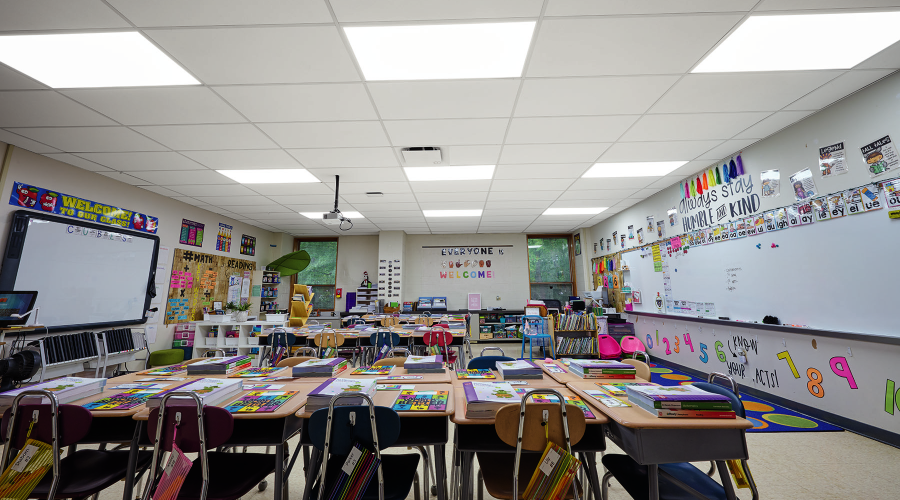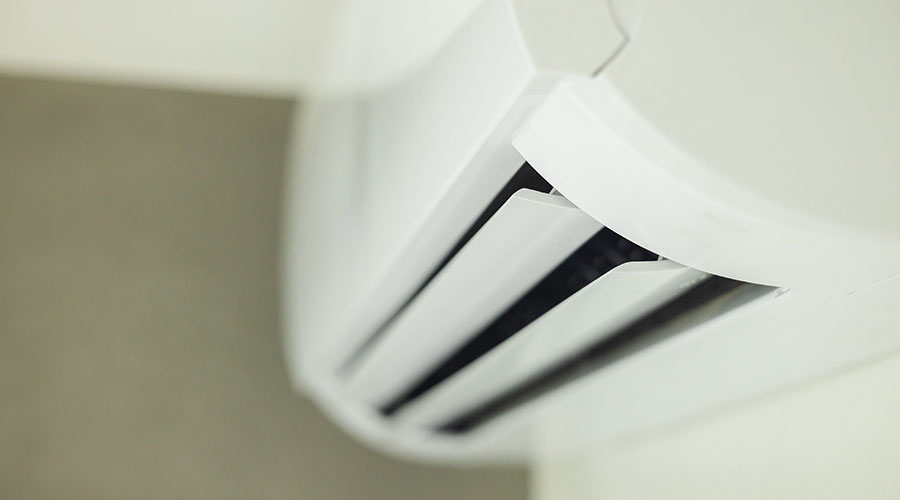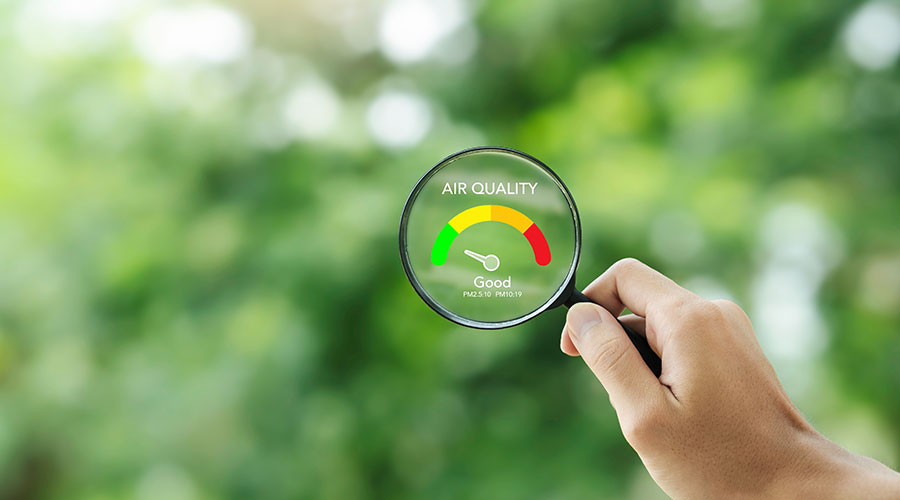Schools Learn Lessons on IAQ
Ventilation and air filtration concerns are increasing as pandemic lingers for facilities.
By Dave Lubach, Managing Editor
Before the COVID-19 pandemic disrupted everything, maintenance and engineering managers in K-12 school districts spent a lot of time seeking ways to make their buildings more energy efficient and as cost-effective as possible.
After the pandemic subsided and students and faculty started returning to the classrooms, the pursuit of energy efficiency gained a partner as a priority for managers: improving indoor air quality (IAQ).
The emphasis remains and is here to stay. Three years after COVID-19's onset, IAQ remains a popular topic among teachers, students and parents, all of whom want assurances that the air they breathe during the hours they spend in school buildings is clean and safe.
Building design
While newer school buildings were designed with air ventilation and energy efficiency in mind, older K-12 schools were constructed with different priorities.
“Schools were originally designed for occupant comfort and equipment protection, not for acceptable healthy indoor air quality,” says Kevin Delahunt, a Canada-based contractor and National Air Filtration Association certified air filter specialist and senior technical advisor, during an education session at the recent AHR Expo. “They were engineered with minimal acceptable ventilation and air infiltration standards.”
An example of such a school is Panther Valley Elementary School in Nesquehoning, Pennsylvania. The school was built 70 years ago, and district officials sought to improve its IAQ after air monitoring tests yielded indoor environmental quality results in the fair-to-good range. Among the primary areas of concern was ventilation.
Studies show that poor IAQ leads to higher absenteeism rates and lower test scores among students, not to mention poorer health, so the district reacted to the results with upgrades.
“Improved indoor air quality is especially important since we have no full-blown HVAC system in the building,” says Scott Fisher, the district’s director of buildings and grounds. “The cleaner environment definitely has an effect on how kids learn.”
The school worked with Armstrong Ceiling & Wall Solutions to address IAQ concerns. It focused on upgrades in two rooms – a third-grade classroom and the nurse’s office.
The school replaced ceilings in both rooms, installing an air filtration system in the classroom that is designed to remove 90 percent of airborne contaminants and allergens by using MERV 13 filters. The system draws air through an internal fan and moves it through the filter and back into the space. The unit filters air once every hour in the 780-square-foot space.
To address ventilation issues in the 450-square-foot nurse’s station, the school installed an air purification system that continuously draws air into a chamber in the ceiling’s plenum, where it is treated with ultraviolet air-cleaning technology and recirculated into the room.
The upgrades improved the school’s air quality levels and paved the way for more projects addressing IAQ.
“Coming out of COVID, it’s important that we continue to explore what’s next for air quality in the building,” says Rob Polazzo, the school’s principal. “The cafeteria could be the next space. As far as the future, we will continue to regard improved indoor environmental quality as a long-term investment.”
Finding alternatives
COVID-19 relief funds have opened up financial opportunities for K-12 districts to address IAQ issues in buildings. Managers need to ensure their districts take advantage of the opportunities.
“There’s a huge pile of money that’s distributed to schools that can be used for indoor air quality,” says Alex Ayres, director of government affairs for the Heating, Air-conditioning Refrigeration Distributors International organization. Ayres also presented at AHR.
At least $189.5 billion is available for schools through Elementary and Secondary School Emergency Relief (ESSER) funds to address COVID-19 issues, money that can be used to upgrade and repair HVAC systems. The U.S. Department of Education has distributed the funds to states, and states must distribute funds to districts.
“I get a lot of questions from school districts like, ‘How do I get this money?’ and they already have this money. They probably just don’t realize it,” Ayres says. “Schools had to apply, just basically fill out a form that said, ‘Yes, I promise to use this money for the approved functions.’ The list of things you can spend it on is so broad.”
For managers in districts opting to use the money in other ways, such as for personal protective equipment and cleaning materials, better maintenance also can help improve IAQ.
During his AHR presentation, Delahunt talked about the desire of schools to upgrade their MERV 6 or MERV 8 filters to MERV 13 filters. But he also advises managers that upgrades alone do not necessarily produce the desired results.
“There’s been very little talk about the filter hardware,” he says. “The filter hardware and the filter itself, as you increase in performance, becomes as important or even more important. When putting the MERV 13 filter in there, is the hardware that it’s sitting in as efficient or capable of handling it? In most cases, it’s not, and the air will bypass and go right back in, and you’re right back to MERV 8 performance.”
When all components are properly installed, however, managers should notice a significant difference in air quality.
“As soon as you change that filter and all the air goes through the filter, you’re immediately seeing the results,” Delahunt says. “It doesn’t take time. It happens immediately.”
If a school district is unable to upgrade to MERV 13 filters for financial reasons, Delahunt says managers still can make the most of what they have, which includes regular cleaning and on-schedule filter replacement.
“If you have a MERV 6 filter in there, make sure you’re getting MERV 6 air,” he says. “If you have a MERV 8 filter in there, make sure you’re getting MERV 8. That means you have to make sure the filter fits properly.
“Maximize your outdoor air, commission it, and make sure your system is getting what it is designed for. My experience with schools is the unit was turned on when the first teacher showed up and turned off when the last person left for the day, as opposed to letting it run longer, purging the air in the space and getting as much outside air into the building as possible.”
Dave Lubach is managing editor of the facilities market. He has more than eight years of experience covering facilities management and maintenance.
Related Topics:












